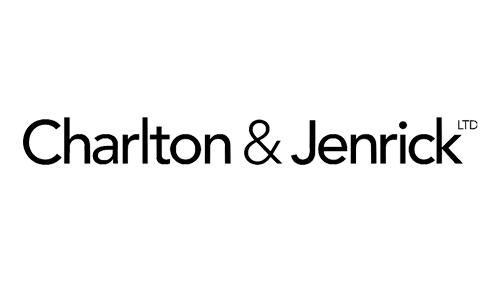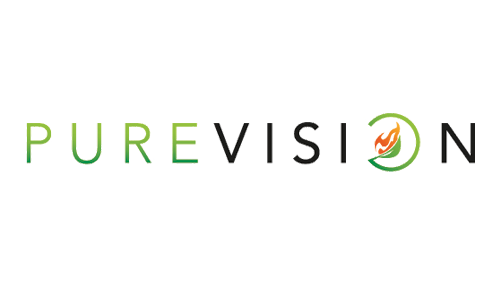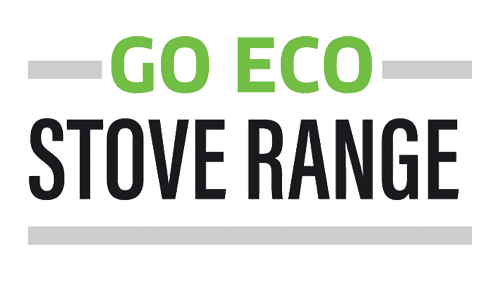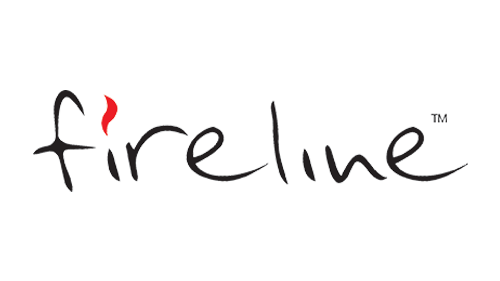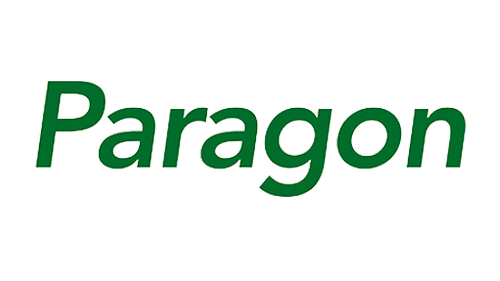We have produced an artilce on the best woods to burn, which you can read here.
But what about wood you should not burn? Some types of wood make bad firewood because they burn inefficiently, produce excessive smoke, create dangerous creosote buildup in chimneys, or release toxic fumes.
We do often mention the importance of burning correctly seasoned wood, along with the ideal types of wood you should feed your stove. Now, here is some of the woods you should actively avoid burning:
Unseasoned Wood – Wood, regardless of tree type, that has not been seasoned will contain a high level of water, so when you burn it, you will notice excessive smoke, poor heat output and eventually excessive congestion in your flue.
Driftwood – Driftwood is wood that has been washed onto the shore of a body of water, such as an ocean, river, or lake, due to tides, waves, or winds. It can come from trees, branches, or pieces of wood that have broken off and been carried by the water over time. It often has a high salt content, and so when burnt, it releases high levels of dioxins.
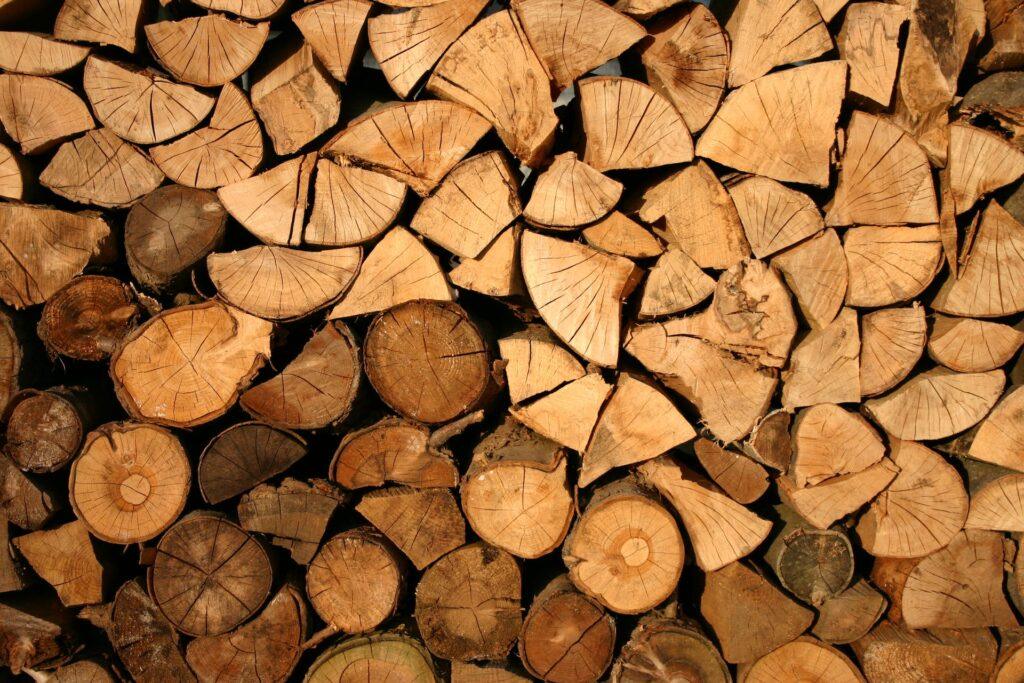
Softwoods with High Sap Levels – These include Pine, which burns quickly, but creates a lot of smoke, and leaves sticky creosote in chimneys. Fir – Similar to pine, burns too fast and can cause chimney congestion. Another softwood to avoid is spruce – it creates lots of smoke.
Toxic Wood – Poisonous trees like black locust, yew, or oleander can release toxic fumes. Pressure-treated wood contains chemicals like arsenic, which is lethal. Painted or stained wood releases toxic fumes when burnt. Plywood or MDF contains glues and adhesives which also produce toxic smoke.
Some Hardwoods – Not all hardwoods are great for your stove. Woods like poplar may be good for lighting a stove, but it burns quickly and produces little heat. Aspen is much the same. Woods such as willow have a naturally high water content, making it hard to burn efficiently.
Rotten Wood – You should avoid rotten or mouldy wood. It is a lot less dense, and will not produce a good heat output – it could also have a high moisture content. Mouldy wood can also create toxic fumes.
Items Containing Wood Pulp – Items which contain wood pulp like magazines, newspapers and cardboard should not be used for a fire – embers can fly high and ignite a fire further up in the flue if you have a lot of creosote present. The only exception here is using a little newspaper, tightly twisted to light a fire.
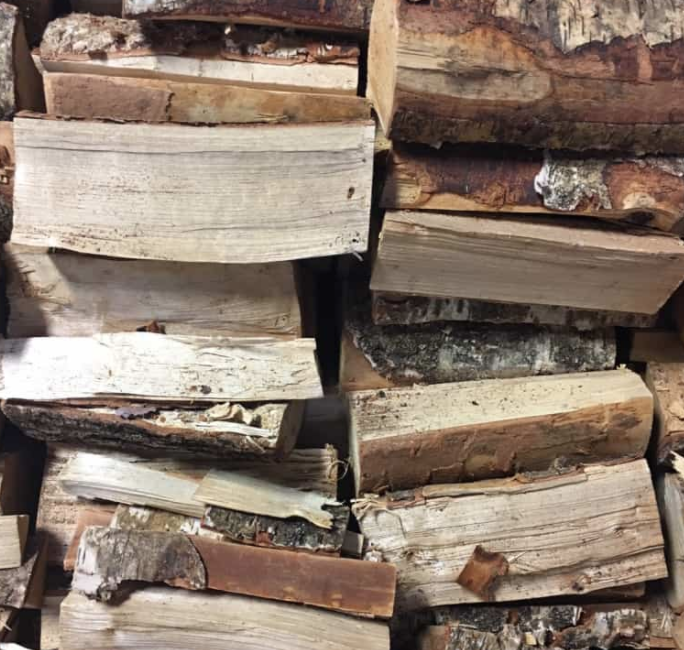
The Issue of Creasote.
One of the main issues around burning the wrong type of wood is due to the creosote it creates in the flue. But what is creosote?
Creosote is a thick, oily, and highly flammable residue that forms when wood or other organic materials are burned incompletely.
It builds up inside chimneys and flues, posing a serious fire hazard if not regularly cleaned.
Types of Creosote Buildup:
Stage 1 (Flaky & Sooty) – Easily brushed away; common in well-maintained chimneys.
Stage 2 (Tar-Like & Sticky) – Harder to remove and increases fire risk.
Stage 3 (Glazed & Hardened) – Extremely dangerous and difficult to remove without professional cleaning.
Taking the time to discover what wood you should and should not burn is wise, especially if you intend to rely on wood as a regular heating method. It’s safe, sustainable and environmentally friendly.
